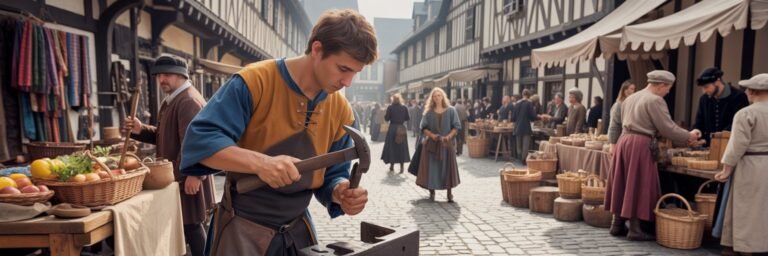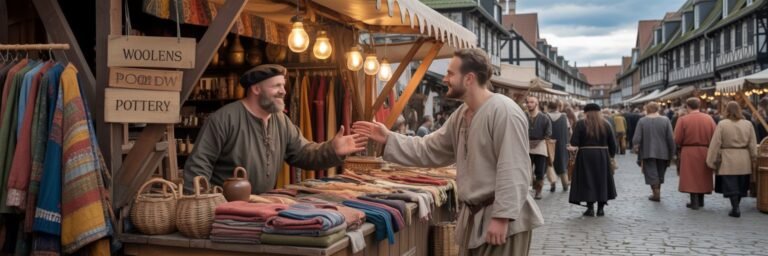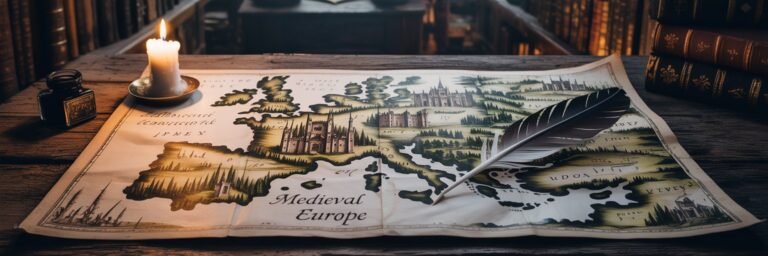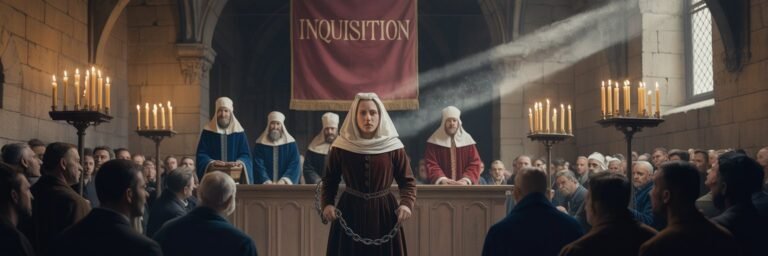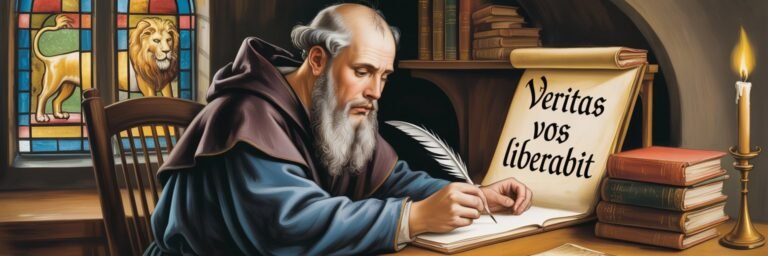INTRODUCTION
The Middle Ages, a millennium of history stretched between the 5th and the 15th centuries, embodied an era teetering between deep-rooted tradition and transformative innovation. The Europe of this time was a cauldron stewing with the grandeur of chivalry, the murk of superstitions, the intricate latticework of human civilization, and the shadowy pallor of the Black Death. The term ‘Medieval’ often brings to mind images of castles, knights, religious crusades, and maybe a court jester or two. However, between these well-known facets lies a labyrinth of little known facts, fascinating coincidences, and controversial mysteries rarely mentioned in mainstream historical discourse. In this article, we delve into the often covert, untold chronicles of this great epoch.
HISTORICAL BACKGROUND
The Medieval period, known universally as the “Middle Ages,” began with the fall of the Roman Empire in 476 AD. This settlement in the historical timeline is significant, as it marked both the twilight of antiquity and the dawn of a new epoch. The loss of centralized political control over the Mediterranean region, previously the heart of the Roman Empire, led to widespread cultural and societal shifts.
These tribulations set the stage for a divided Western Europe – a landscape of a multitude of fiefdoms utterly contrasted from the Rome unified empire. The Eastern Roman Empire, later known as Byzantium, however, nourished its sophisticated and ornate culture, providing a stark contrast to the austere and stratified societies of the West. These ideological shifts brought forth a labryinthine societal structure with the patrician clergy and nobles at the helm, trailed by the bourgeoisie and the serfs.
THEORIES AND INTERPRETATIONS
Numerous theories spawn around the complex societal structure that brewed in Medieval Europe. The most prevalent yet controversial notion asserts that treacherous landscape dictated the societal hierarchy, with the stony-hearted, brute force owning the realm.
Contrarily, an alternative theory proposed by Henri Pirenne, a Belgian historian, manifested in his seminal work, Pirenne Thesis, suggests that the classical culture was not conquered but transformed to adapt to the evolving geopolitical constraints. The societal stratification in place was less a matter of brutish dominance and more a reflection of the clever distribution of power, where the lords secured the loyalty of their vassals through lands and fiefs. Cultural and temporal boundaries of the Middle Ages remain debated, with scholars delineating varied markers for its start and end.
MYSTERIES AND CONTROVERSIES
The Middle Ages were as intriguing as they were idiosyncratic. One enduring mystery that clouds this era is the strange case of the Dancing Plague of 1518. In Strasbourg, Alsace, hundreds of townsfolk danced uncontrollably for days, with many succumbing to exhaustion. Theories range from ergot poisoning to collective hysteria, but the cause remains largely a mystery.
The period was also marred by controversies, the most notable among these being the Inquisition. The relentless pursuit of heretics by the Catholic Church, particularly active between the 12th and 14th centuries, uttered an era of religious persecution still passionately debated.
SYMBOLISM AND CULTURAL SIGNIFICANCE
Amidst the socio-political quagmire, the middle ages were a crucible for cultural synthesis. Christianity informed much of the philosophical thought, permeating the world of arts, literature, and architecture. Gothic architecture, with its soaring vaults, intricate sculptures, and stunning stained glass, symbolized the aspiration towards the divine.
The courtly love tradition, popularized in literature, attained a symbolic status epitomizing the era’s societal ideals. The ‘code of chivalry’ manifested the time’s moral compass – loyalty, honor, and piety. Still, it was also entrenched in gender hierarchy. The Arthurian legend and the legendary figures of King Arthur, Sir Lancelot, and Guinevere symbolized an idealized world far from the realities of the Medieval period.
MODERN INVESTIGATIONS
Modern archaeological and anthropological investigations have shed fresh light on some conundrums of Medieval European history. Technologies such as DNA sequencing, isotope analysis, and carbon dating have unearthed new layers of understanding.
For example, the population decline following the Black Death was regarded as primarily due to the lethality of the plague, but isotopic analysis of skeletal remains suggests that malnutrition played a significant role. Similarly, DNA sequencing studies showed the genetic continuity between the Roman and Medieval populations, challenging the long-held perception of the Invasionist theory of massive demographic shifts during the Fall of Rome.
LEGACY AND CONCLUSION
The shadow of the Middle Ages looms large over contemporary Europe and the wider Western world. Its legacy is far-reaching, from the institution of the Church and the foundations of modern states to the enduring fascination with the Arthurian legends.
However, the Middle Ages were not merely a period of chaos and stagnation between two golden ages, as once deemed by generations of historians like Edward Gibbon. Instead, they provide a nuanced understanding of the formation of cultural, political, and social structures found in Western societies today. The deep structure of the Middle Ages calls for a continued exploration of the period, one that looks beyond the ‘dark and backward’ image often cast over it, towards a more dynamic and complex narrative.
As we delve deep into the annals of this bygone era, we are roused with the understanding that, much like the vintage wine savored for its nuance and complexity, the same essence can be attributed to history, particularly that of Medieval Europe – rich, intricate, layered, and ripe with endless potential for elucidation.

